Statue Of Apollo Discovered in Ancient City Of Prusias ad Hypium, Turkey
Conny Waters - AncientPages.com - A statue depicting Apollo, a god associated with fire, light, sun and reality in Greek mythology, was unearthed by archaeologists, excavating the ruins of the ancient city of Prusias ad Hypium in northwestern Düzce province, Turkey.
A view of the parts of the Apollo statue found in the ancient city of Prusias ad Hypium, Düzce, northwestern Türkiye, Aug. 19, 2022. Image credit: DHA
The city, located in the Konuralp region, once spread over a wide area, and the region joined the kingdom in the time of the reign of King Prithias of Bithynia in the Hellenistic period. Prusias ad Hypium flourished in the 2nd century BC during the Roman Empire.
Excavation teams and archaeologists, who have worked with the permission of the Directorate General of Cultural Assets and Museums, focused on the area in front of the ancient theater's stage in Prusias ad Hypium. The theater that is the only magnificent building left from the ancient city, was used until the end of the 4th century.
The head of the Apollo statue found in the ancient city of Prusias ad Hypium, Düzce, northwestern Türkiye, Aug. 19, 2022. Image credit: AA
"They discovered several historical statues. Among the statues, the one depicting Apollo stands out due to its intact state, as said in a statement," writes Daily Sabah.
Ruins of the ancient city of Prusias ad Hypium. credit: Düzce University/Hurriyet Daily News
The ancient city of Prusias ad Hypium was known as “Hypios” and “Kieros” in earlier periods. It was captured by Prusias I of Bithynia, and the people of Bithynia named the city in honor of their king.
However, Bithynia later went bankrupt. Apparently, it was caused by ostentatiously costly and luxurious lifestyle of its citizens. The people of Bithynia bequeathed the kingdom to the Romans, which started the Latin influence on the city. Originally, the city was already rich in terms of beautiful architecture but flourished even more under the Romans.
A view of the parts of the Apollo statue found in the ancient city of Prusias ad Hypium, Düzce, northwestern Türkiye, Aug. 19, 2022. Image credit: DHA
It became known as Prusias ad Hypium. The ancient city is believed to be the oldest settlement of the western Black Sea region, and it is even called the Ephesus of the Western Black Sea.
The city then passed into the hands of the Byzantines and Ottomans, respectively. Under the Ottoman rule, it was handed over to Konuralp Bey, one of the first Turkish commanders who served in the establishment of the empire, by Osman Ghazi, the founder of the empire. This is how the region of the city received its current name, Konuralp.
Written by Conny Waters - AncientPages.com Staff Writer
More From Ancient Pages
-
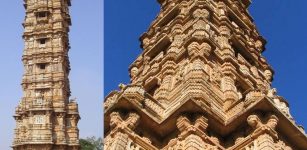 Victory Tower – An Imposing Victory Monument In Chittorgarh, Rajasthan, India
Civilizations | Jul 28, 2015
Victory Tower – An Imposing Victory Monument In Chittorgarh, Rajasthan, India
Civilizations | Jul 28, 2015 -
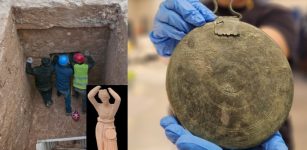 Rare 2,300-Year-Old Tomb Of Greek Courtesan Found In Jerusalem Burial Cave
Archaeology | Sep 28, 2023
Rare 2,300-Year-Old Tomb Of Greek Courtesan Found In Jerusalem Burial Cave
Archaeology | Sep 28, 2023 -
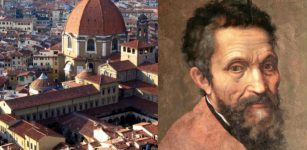 Michelangelo’s Hidden Secrets Under The Medici Chapel
Featured Stories | Jul 16, 2019
Michelangelo’s Hidden Secrets Under The Medici Chapel
Featured Stories | Jul 16, 2019 -
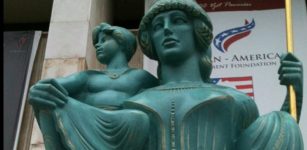 Queen Teuta: Power-Hungry Villain Who Underestimated The Romans
Featured Stories | Oct 31, 2019
Queen Teuta: Power-Hungry Villain Who Underestimated The Romans
Featured Stories | Oct 31, 2019 -
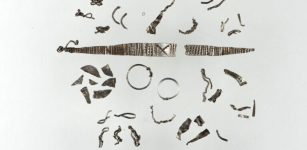 Magnificent Viking Treasure Accidently Found In Norway – Was It Hidden Or Sacrificed?
Archaeology | Nov 3, 2022
Magnificent Viking Treasure Accidently Found In Norway – Was It Hidden Or Sacrificed?
Archaeology | Nov 3, 2022 -
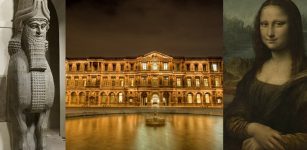 Louvre Museum’s Entire Collection Is Now Available Online To Anyone
News | Mar 31, 2021
Louvre Museum’s Entire Collection Is Now Available Online To Anyone
News | Mar 31, 2021 -
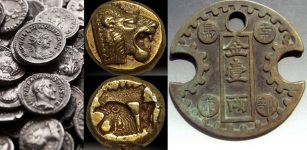 Ancient Round Coins Were Invented To Prevent Fraud
Ancient History Facts | Mar 21, 2018
Ancient Round Coins Were Invented To Prevent Fraud
Ancient History Facts | Mar 21, 2018 -
 On This Day In History: Vasco De Gama Departed On First European Voyage To India – On July 8, 1497
News | Jul 8, 2016
On This Day In History: Vasco De Gama Departed On First European Voyage To India – On July 8, 1497
News | Jul 8, 2016 -
 Discovery: Massive Gawro Wall Dated To The Antique Age: Was It A Symbolic Or Defensive Structure?
Archaeology | Nov 9, 2019
Discovery: Massive Gawro Wall Dated To The Antique Age: Was It A Symbolic Or Defensive Structure?
Archaeology | Nov 9, 2019 -
 Ancient Mesopotamian Discovery Changes Our Understanding Of Early Agriculture Practices
Archaeology | Jan 17, 2022
Ancient Mesopotamian Discovery Changes Our Understanding Of Early Agriculture Practices
Archaeology | Jan 17, 2022 -
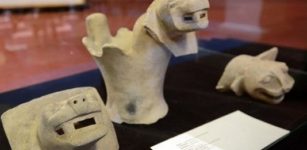 Lake Titicaca Reveals More Ancient Underwater Secrets
Archaeology | Oct 11, 2013
Lake Titicaca Reveals More Ancient Underwater Secrets
Archaeology | Oct 11, 2013 -
 Problems With The Age Of Man And Theory Of Evolution – What Happened In The Past?
Featured Stories | Oct 11, 2021
Problems With The Age Of Man And Theory Of Evolution – What Happened In The Past?
Featured Stories | Oct 11, 2021 -
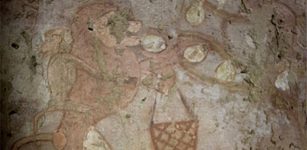 Tomb Of Hathor’s Priestess Hetpet Unearthed Near Pyramid Of Khafre, Cairo, Egypt
Archaeology | Feb 5, 2018
Tomb Of Hathor’s Priestess Hetpet Unearthed Near Pyramid Of Khafre, Cairo, Egypt
Archaeology | Feb 5, 2018 -
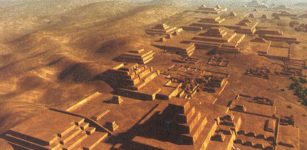 Cahuachi – Complex Of Truncated Adobe Pyramids In Peru’s Desert
Civilizations | Aug 27, 2015
Cahuachi – Complex Of Truncated Adobe Pyramids In Peru’s Desert
Civilizations | Aug 27, 2015 -
 Chaco Canyon Mystery Solved By Scientists Hauling Logs On Their Heads
Archaeology | Feb 23, 2023
Chaco Canyon Mystery Solved By Scientists Hauling Logs On Their Heads
Archaeology | Feb 23, 2023 -
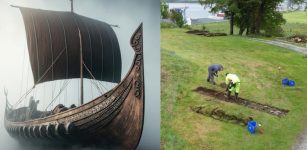 Spectacular Find – 20-Meter-Long Viking Ship Discovered In Salhushaugen Gravemound, Norway
Archaeology | Apr 21, 2023
Spectacular Find – 20-Meter-Long Viking Ship Discovered In Salhushaugen Gravemound, Norway
Archaeology | Apr 21, 2023 -
 Fossils Of Mysterious Homo Naledi Change Our Understanding Of Evolution
Archaeology | May 10, 2017
Fossils Of Mysterious Homo Naledi Change Our Understanding Of Evolution
Archaeology | May 10, 2017 -
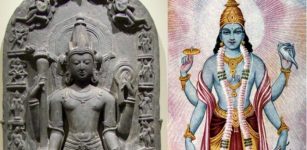 Vishnu: Supreme, Universal Hindu God Whose Avatars Reach Nations, Cultures And Races
Featured Stories | Jul 25, 2019
Vishnu: Supreme, Universal Hindu God Whose Avatars Reach Nations, Cultures And Races
Featured Stories | Jul 25, 2019 -
 Pena Molexa (Lunar Boat): Megalithic Corner Dedicated To A Magician Woman Who Knows The Secrets Of Earth And Underworld
Featured Stories | Jul 23, 2023
Pena Molexa (Lunar Boat): Megalithic Corner Dedicated To A Magician Woman Who Knows The Secrets Of Earth And Underworld
Featured Stories | Jul 23, 2023 -
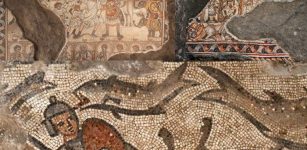 World’s Oldest Mosaics Of Biblical Jonah And The Whale Discovered
Archaeology | Jul 23, 2017
World’s Oldest Mosaics Of Biblical Jonah And The Whale Discovered
Archaeology | Jul 23, 2017




